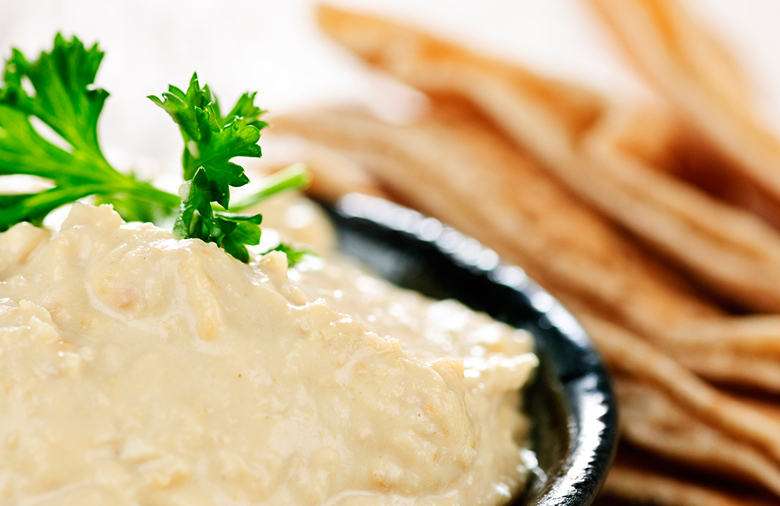Craving a big, juicy burger on a toasted bun? Piled high with all of your favorite fixings? Did the patty grow in a garden? Wait – grow in a garden? If so, you might be enjoying a former nutritional trend that’s now gone mainstream – vegetarian meals. And if you are like many, you’re wondering if those plant-based meals are giving you enough protein.
Truth is, many vegetarian dishes are very high in protein, while still supplying delicious flavors and textures. Amazingly, vegetarian meat substitutes can offer just as much nutrition as traditional choices, and will be lower in cost, fat and calories. And enjoying a variety of vegetarian meals is catching on with more and more people.
Nearly 50% of Americans say they include vegetarian options in their diet. Interestingly, the face of people enjoying vegetarian foods has changed in the recent past. All kinds of people – from different regions, ethnic groups, religions, ages and education levels – are discovering how tasty and nutritious vegetarian foods can be.
To help expand your nutritional horizons, we’ve selected 5 plant-based proteins and delicious recipes to help you take that first bite toward eating healthier.
Seitan – Wheat products have gotten a lot of undue criticism recently. Unless you are gluten-intolerant, you can enjoy this meat substitute and its benefits. Originally created for Chinese Buddhist monks more than a thousand years ago, seitan is made by mixing wheat protein with herbs and spices. With nearly 20 grams of protein in a 3-ounce serving, you’ll be eating lighter and still getting all of your daily requirements.
Quarn – Sometimes called mycoprotein, quarn is considered part of the mushroom family. Created by growing a specific kind of fungus in vats, and then turning that into a meat substitute, quarn is a complete protein. At about 20 grams of protein in a 4-ounce serving, quarn is a tasty and nutritious way to eat a vegetarian stew or chili.
Hempseed – More of a bonus ingredient to complement a recipe, hemp seeds are loaded with omega-3 and omega-6 fatty acids. Both are wonderful for blood pressure, arthritis and depression. With about 10 grams of protein in just 2 tablespoons, hempseed is wonderful in smoothies, in sauces and on salads.
Quinoa – It’s not just chock full of iron, fiber and minerals, it’s a good substitute for rice or even ground meat. With 24 grams of protein in one cup of uncooked quinoa, it’s very low in fat – just about 3 grams per serving. On the other hand, ground beef is loaded with 33 grams of fat.
Hummus – Most often made of chickpeas, hummus can be made with nearly any kind of legume or bean. Dating back for thousands of years in Middle Eastern and Arabic recipes, hummus most often is eaten as a dip or a condiment. Although it only has 3 grams of protein in a quarter cup, it is a much healthier option compared to sour cream-based dips.
Try some of these meat-substitute options – or discover some of your own – to see if you too enjoy the benefits of eating vegetarian-style meals.
Sources
http://healthyeating.sfgate.com/seitan-vs-meat-3695.html
http://en.wikipedia.org/wiki/Quorn
http://www.wellandgoodnyc.com/2013/06/15/15-ways-to-eat-hemp-seeds/
http://humus101.com/EN/2007/03/21/hummus-nutrition-facts/
Related Articles

Join the Discussion
0 Comments